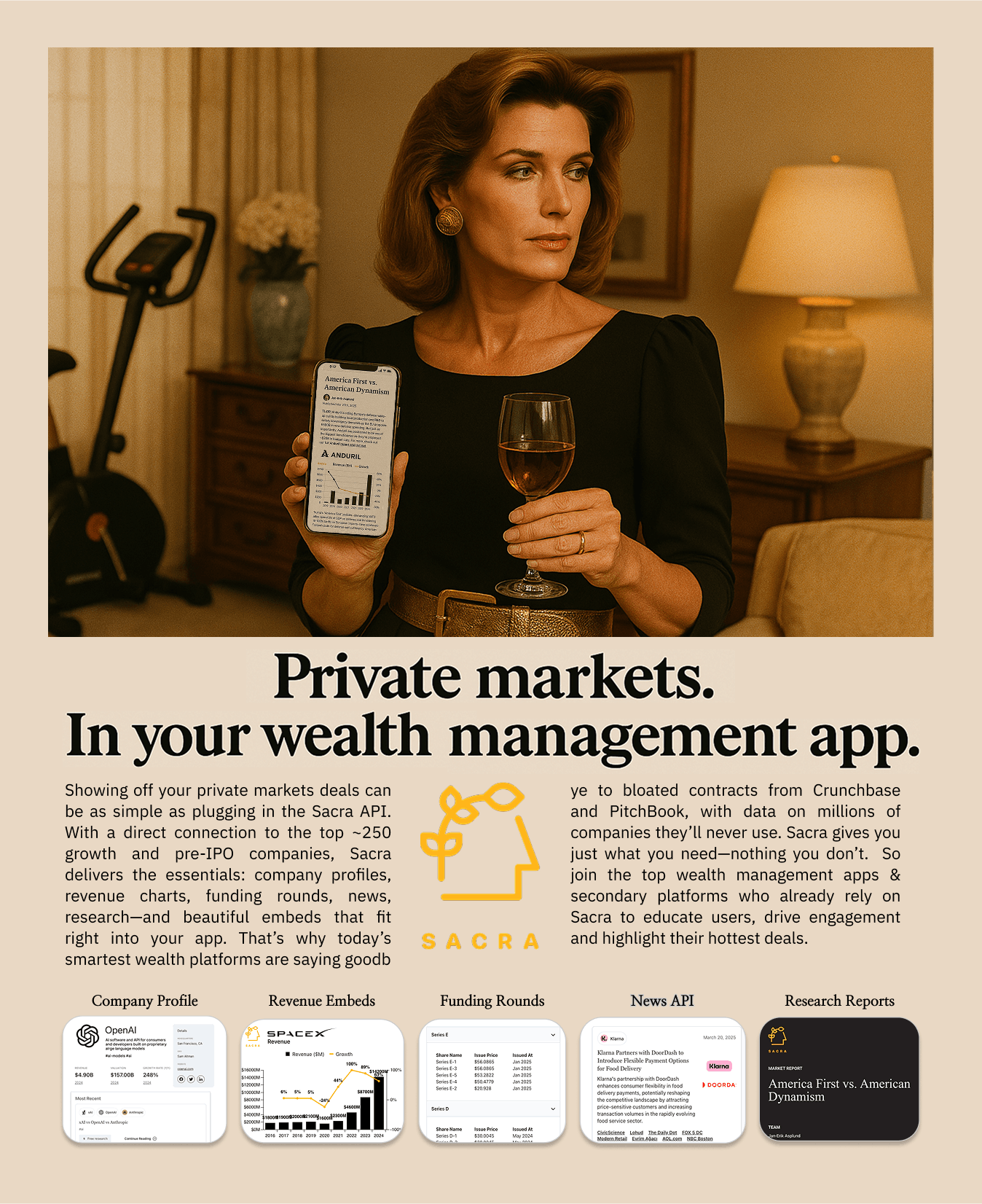Hi everyone 👋
Sign Up Today!
To get these right in your inbox
As smartphone cameras became ubiquitous, the initial consumer use case of taking and printing photographs gave way to massive consumer networks built around the camera: Snapchat, Instagram and TikTok.
In B2B, video calls (Zoom) normalized video, which—accelerated by COVID—paved the way for B2B video apps for marketing (Canva), internal communications (Loom), sales (Drift) and more.
Where the integrated hardware-software platform of the iPhone drove new kinds of consumer communication and creation on mobile, the platform connecting the webcam with cloud apps for B2B video has been Google Chrome.

We talked to Lenny Bogdanoff, CTO and co-founder of video editing tool Milk Video, to learn more about the rise of in-browser video and its implications. Here are three of our key takeaways:
The browser has gotten so powerful that anything like Loom or any of the APIs that the browser has gives new flexibility to create stuff on a computer without needing to be deeply invested in understanding video. In the past making highly complex video required deep video knowledge… Being able to build quickly is actually probably the real core competency [now]. (link)
The utility-based video tools are always going to exist -- the tool that will cut your video, trim the beginning or let you add subtitles -- but I think those businesses have a very clear upper bound limit. But the tools that can do this direct outbound sales motion -- those are the ones that are going to be huge, because they can target companies that are now investing more money into their video strategies. (link)
[Creating live video] is far more preferable than the post-production editing process that requires a clear vision… I think that process will be the way that any kind of video content gets produced in the future... You won't be editing and designing so much, but almost doing more of what Canva does, with editorializing what is important or applying a macro onto a video that creates some content that is brand appropriate, engaging and designed accordingly. (link)
Thanks!
Jan
Expert interviews on business video
For more on the growing importance of business video and the infrastructure and products enabling it, check out additional expert interviews with:
You have use cases where viewers are chatting back and you want that three to five second max latency to talk to the broadcaster and build more interesting experiences around that... There's the traditional broadcast one to a million, but how do you get the feedback and bring people into those experiences in a more compelling way? There's a lot of people doing some really unique things there. That's where we're focusing a lot of our efforts today. —Adam (link)
So Podia offers hosting as part of the product, and we are able to use our volume to leverage better pricing than any individual creator could ever dream of getting themselves. Even with that, it's still the largest line item in our COGS. Continuing to stay on top of that cost and renegotiate those contracts as we grow is really important for us. —Len (link)
I remember—this was probably 2016 or 2017—Chris and Brendan making what seemed like a somewhat outlandish statement at the time, which was that every person at every business will use video every day... Along comes the pandemic and it is a huge accelerant on all of this... businesses are using video in all aspects of their operations. —Ben (link)
Canva originally started off as a graphic design tool... [But] if you look at Canva today, it is displacing multiple products, starting from productivity suites like Microsoft Office, Google Work Suite, video editing tools like iMovie and Windows Movie Maker, and graphic design tools and print services like Vistaprint -- a broad spectrum of products. (link)
Let us know what you think of our video coverage by replying to this email.
JOKR CEO Ralf Wenzel on the big misconceptions in ultrafast
Yesterday, news leaked that Instacart was looking to launch a 15-minute, ultrafast grocery delivery service in the U.S. by February—and take on startups like Gorillas, Getir, and JOKR.
Critics of ultrafast delivery services say they're just another example of VCs subsidizing impossible business models with cheap cash. But it's that very same attention-grabbing customer value prop that gives ultrafast its wedge into shifting consumer behavior from offline to online retailers.


